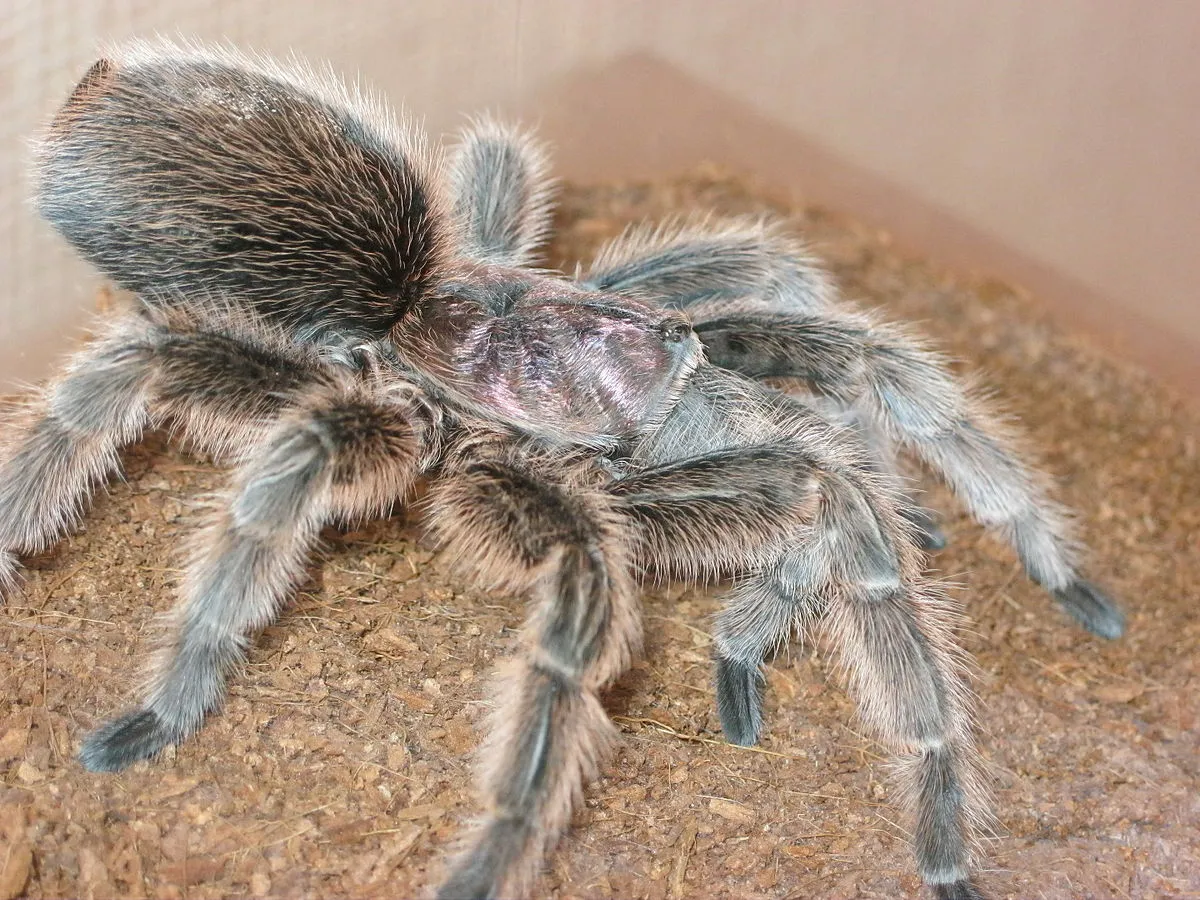Understanding Rose Hair Tarantula Import
Importing a Rose Hair Tarantula, a captivating creature, can be a rewarding experience for any enthusiast. However, it’s a process that demands thorough research, meticulous planning, and adherence to legal and ethical standards. This comprehensive guide will navigate you through every step of the Rose Hair Tarantula import process, ensuring you’re well-prepared from the initial planning stages to the final care and maintenance of your new pet. Understanding the complexities involved is key to a successful and responsible import.
Legal Requirements for Importing
Before embarking on the journey of importing a Rose Hair Tarantula, it’s crucial to familiarize yourself with the legal framework governing such activities. These regulations are in place to protect both the tarantulas and the ecosystems they might interact with. Ignoring these requirements can lead to serious legal repercussions, including hefty fines, confiscation of the animal, and even criminal charges in severe cases. The specifics vary depending on your country and the origin of the tarantula, so thorough research is paramount.
Permits and Documentation
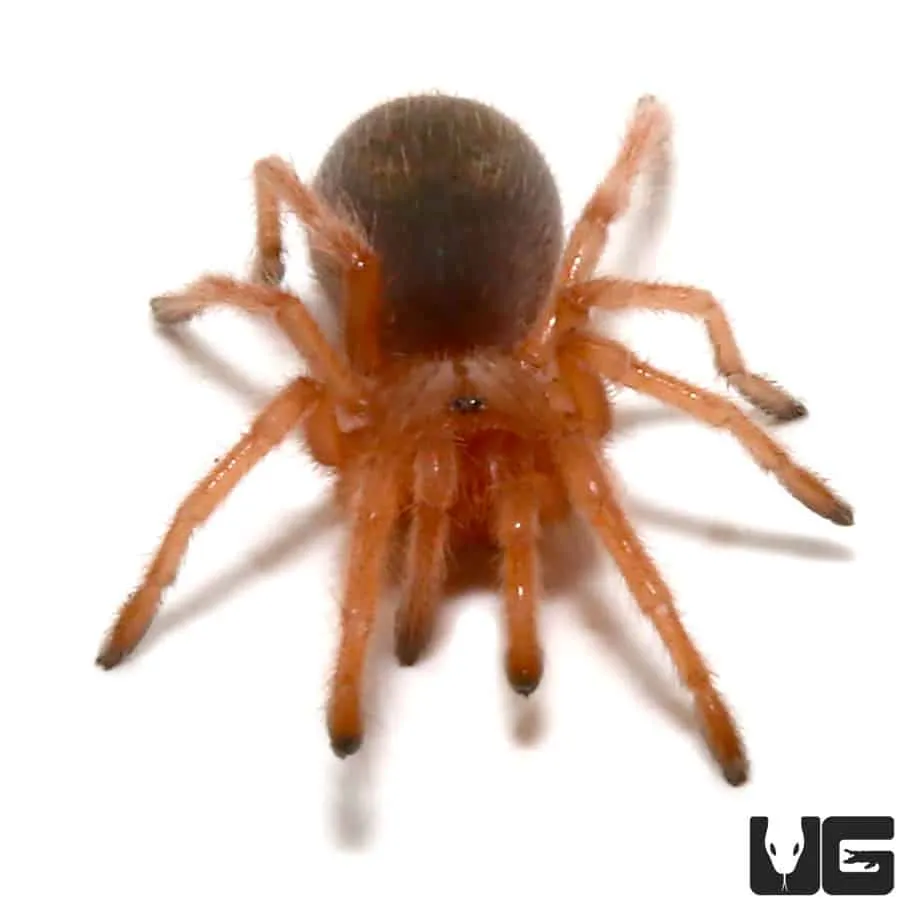
The cornerstone of legal import is the acquisition of the necessary permits and documentation. These documents provide official authorization to import the tarantula and verify that the import complies with all relevant national and international laws. Depending on the country, this may include an import permit, CITES (Convention on International Trade in Endangered Species) permits if applicable, and other specific certifications related to the species. Each document must be accurate, complete, and up-to-date, so it is crucial to begin the application process well in advance of the planned import date to avoid any delays.
Health Certificates
Health certificates are another vital piece of documentation. These certificates, issued by a licensed veterinarian in the tarantula’s country of origin, confirm that the tarantula is free from any diseases or parasites. It’s a crucial step to ensure the health and safety of not only the imported tarantula but also any other creatures it may come into contact with. Verify that the certificate is issued within a reasonable timeframe before the import and that it clearly identifies the individual tarantula, if possible, with its unique characteristics or identifying marks.
Import Regulations by Country
Regulations regarding Rose Hair Tarantula import vary significantly from one country to another. Some countries have strict restrictions, limiting imports to licensed breeders or researchers, while others have more open policies. It is vital to consult the relevant government agencies, such as the Department of Agriculture or the equivalent, in both your country and the tarantula’s origin country to obtain the most up-to-date information. This research should encompass details about quarantine requirements, prohibited species, and any specific health testing protocols required for the safe import of the Rose Hair Tarantula.
Finding a Reputable Supplier

Selecting a reputable supplier is perhaps the most critical decision in the import process. The health, well-being, and legal compliance of your import hinge on the supplier’s integrity, expertise, and adherence to ethical practices. A trustworthy supplier will not only provide healthy tarantulas but also guide you through the necessary documentation and offer support throughout the entire process. This section provides essential guidance to assist in locating a reliable source for your Rose Hair Tarantula.
Researching Suppliers
Begin your search by compiling a list of potential suppliers specializing in exotic animals or tarantulas. Online forums, social media groups dedicated to tarantula keeping, and breeder directories are valuable resources. Look for suppliers with a proven track record, positive reviews, and experience importing tarantulas. Take the time to explore their websites, review their listings, and assess their commitment to ethical breeding and animal welfare.
Checking Credentials
Verify the credentials of any potential supplier before making any decisions. Check if they possess the necessary licenses and permits required to breed and export tarantulas. Inquire about their experience with international shipping and import regulations. Request references from previous customers, and reach out to them to gather information about their experiences with the supplier. A reputable supplier should readily provide this information and be transparent about their practices.
Assessing the Tarantulas’ Health
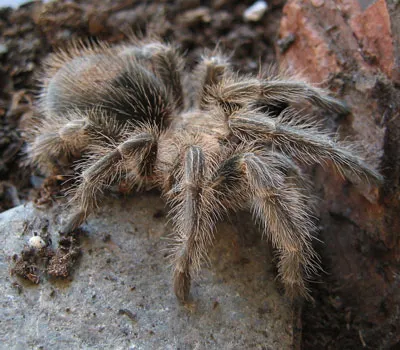
Request detailed information about the tarantulas’ health, including their age, sex, and any known health issues. A responsible supplier should provide information on the tarantulas’ feeding habits, molting history, and any other relevant health details. Ask for recent photos or videos of the tarantulas to visually assess their condition. If possible, request a health guarantee or warranty, which can provide peace of mind. Never purchase a tarantula that appears unhealthy or exhibits signs of illness.
Shipping and Transportation
Once you’ve found a reputable supplier and have secured the necessary permits, the next step is to arrange for the safe and efficient transportation of your Rose Hair Tarantula. Shipping tarantulas internationally requires careful planning, specialized packaging, and adherence to strict protocols. This part of the process directly impacts the well-being of your new pet and can determine the success of your import. Understanding the different shipping methods, packaging requirements, and transit monitoring is paramount to ensuring a smooth journey.
Choosing the Right Shipping Method
The best shipping method will depend on the distance, the tarantula’s size, and your budget. Air freight is usually the fastest option, but it can also be the most expensive. Ground transportation may be a viable option for shorter distances. The chosen method should prioritize the tarantula’s safety and well-being, minimizing stress and travel time. Discuss shipping options with your supplier, who may have established relationships with reputable shipping companies that specialize in handling exotic animals. Ensure that the chosen shipping company has the necessary permits and adheres to all relevant regulations.
Packaging for Safe Transport
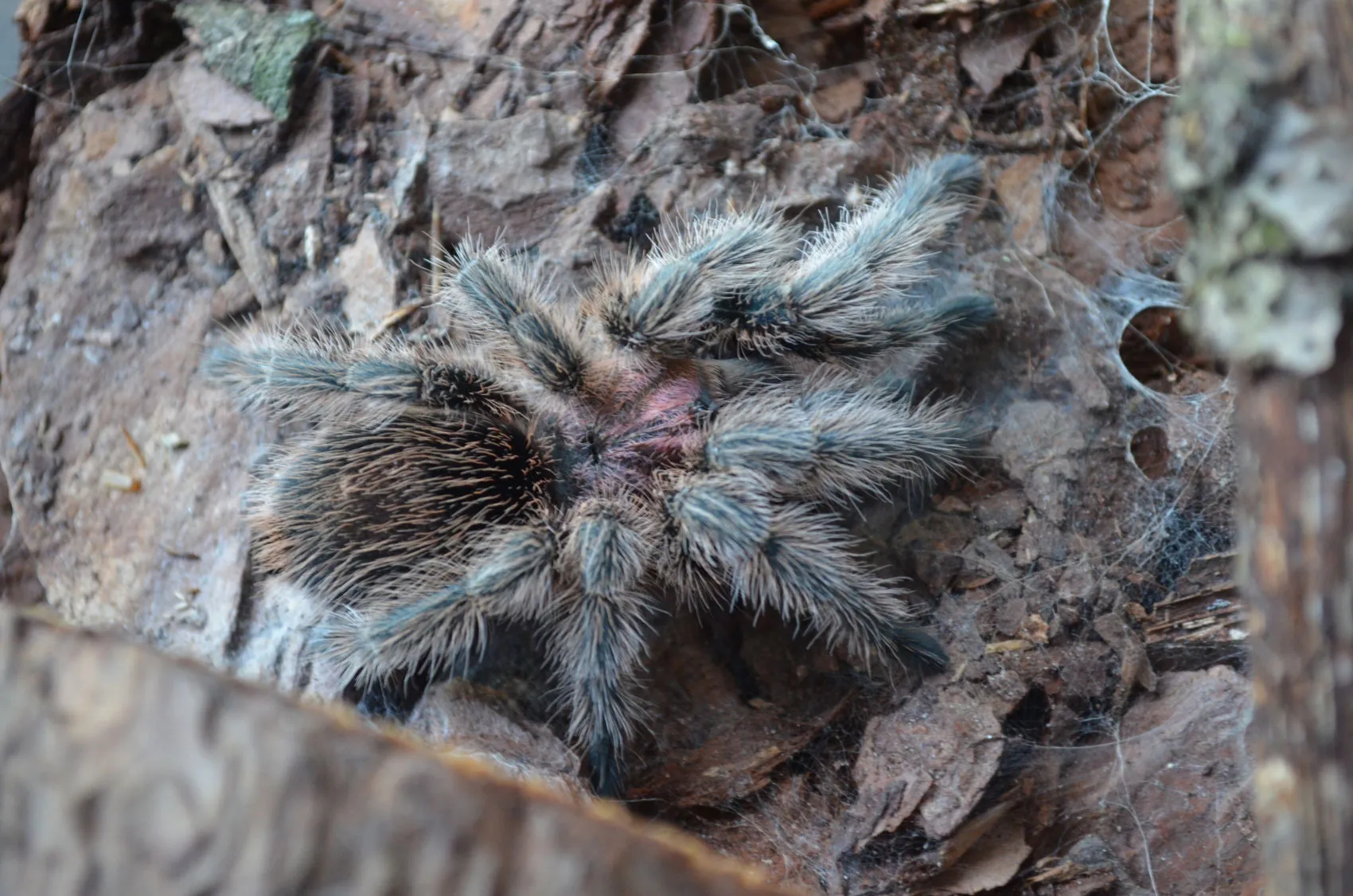
Proper packaging is crucial for the safe transport of a Rose Hair Tarantula. The container must be secure, well-ventilated, and appropriately sized for the tarantula. It should prevent the tarantula from escaping and provide a comfortable environment. The container should be lined with a suitable substrate to absorb moisture and provide a secure grip for the tarantula. The supplier should carefully label the package with clear instructions, including ‘Live Animal’ and any special handling requirements. Consider including heat or cold packs if necessary, to maintain the temperature within an acceptable range for the tarantula during transit.
Monitoring During Transit
Once the tarantula has been shipped, it’s essential to monitor its progress during transit. Obtain the tracking information from the shipping company and track the package’s location. Stay in contact with the supplier and the shipping company to address any unexpected delays or issues. Prepare for the tarantula’s arrival by having its quarantine setup ready. Upon arrival, inspect the packaging for any damage or signs of distress. Contact the supplier immediately if you have any concerns about the tarantula’s condition upon arrival.
Quarantine Procedures
Quarantine is a critical step in the import process, and it’s essential to ensure the Rose Hair Tarantula’s health and well-being and prevent the potential spread of diseases. Quarantine involves isolating the tarantula in a dedicated environment for a specific period to observe for any signs of illness or parasites. Adhering to proper quarantine procedures is non-negotiable and helps safeguard the tarantula and any other pets you may own. This section highlights the necessary steps to properly quarantine a newly imported Rose Hair Tarantula.
Setting up a Quarantine Environment
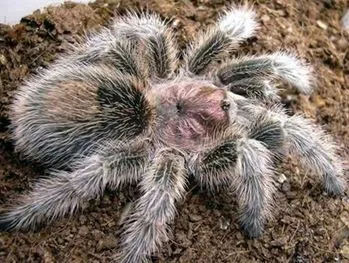
Prepare a dedicated quarantine enclosure before the arrival of your tarantula. This enclosure should be separate from other pets to prevent the potential spread of disease. It should be well-ventilated, easy to clean, and provide a suitable environment for the tarantula’s needs, including appropriate temperature and humidity levels. Use new substrate, fresh water, and a hide or shelter to minimize stress. Disinfect all equipment before introducing it to the enclosure. Consider a simple setup to monitor the tarantula’s health.
Observation and Care
During the quarantine period, observe the tarantula closely for any signs of illness, parasites, or unusual behavior. Monitor its appetite, activity level, and overall appearance. Regularly check the substrate for any signs of mites or other pests. Keep a detailed record of your observations, including the tarantula’s feeding schedule, molting history, and any noticeable changes in its behavior. Provide fresh water and appropriate food, but avoid overfeeding. The quarantine period typically lasts several weeks, and the specific duration may depend on local regulations and the supplier’s recommendations.
Potential Health Issues
Be vigilant in monitoring the tarantula for potential health issues. Common problems include mites, fungal infections, and parasites. Consult an experienced tarantula keeper or a veterinarian specializing in exotic animals if you notice any concerning symptoms, such as lethargy, loss of appetite, unusual spots or lesions, or difficulty molting. Early detection and intervention are crucial for successful treatment. Maintain the quarantine enclosure meticulously and practice strict hygiene to minimize the risk of infections. Dispose of the old substrate and clean the enclosure before moving the tarantula to a permanent habitat.
Acclimation and Care After Quarantine
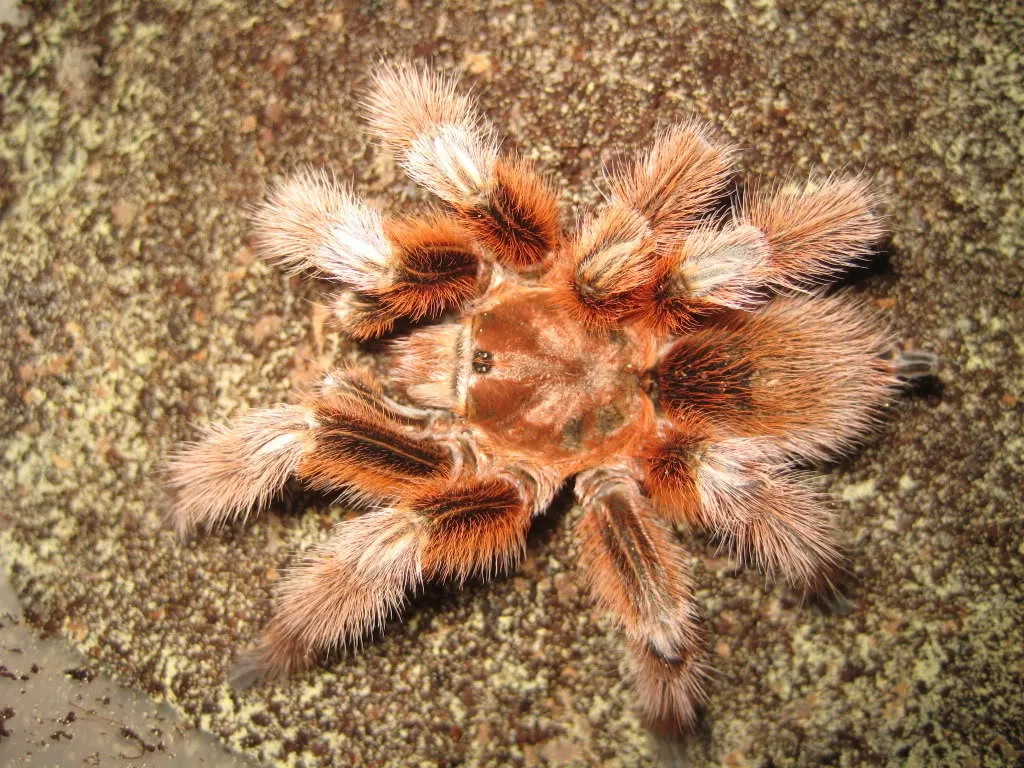
Once the quarantine period is complete and the tarantula shows no signs of illness, you can begin the process of acclimating it to its permanent habitat. Proper acclimation is key to ensuring the tarantula’s well-being and reducing stress. This involves gradually introducing it to its new environment and providing the necessary care to thrive. This section covers important aspects of creating a suitable habitat, feeding and hydration, and ongoing care and maintenance to help the tarantula adjust to its new home.
Creating a Suitable Habitat
Set up a permanent habitat that mimics the Rose Hair Tarantula’s natural environment. Choose an appropriately sized enclosure with good ventilation and a secure lid to prevent escapes. Provide a suitable substrate, such as a mix of peat moss, vermiculite, and coconut fiber, to maintain humidity and allow the tarantula to burrow. Include a hide, such as a cork bark or a plastic hide, for the tarantula to retreat to when it feels threatened. Maintain the correct temperature and humidity levels using a thermometer and hygrometer. Provide a shallow water dish filled with fresh water at all times.
Feeding and Hydration
Feed your Rose Hair Tarantula appropriately, offering a variety of insects, such as crickets, mealworms, or roaches, based on its size and age. Avoid overfeeding, and remove any uneaten food within 24 hours to prevent the growth of mold or mites. Provide a shallow water dish filled with fresh, clean water at all times. Mist the enclosure periodically to maintain humidity, but avoid oversaturating the substrate. Observe your tarantula’s feeding habits and adjust the feeding frequency as needed.
Ongoing Care and Maintenance
Provide ongoing care and maintenance for your Rose Hair Tarantula to ensure its long-term health and well-being. Clean the enclosure regularly, removing any uneaten food and waste. Replace the substrate as needed, typically every few months. Monitor the tarantula’s health and behavior, and seek veterinary care if you notice any signs of illness or injury. Provide a stimulating environment by rearranging the habitat or introducing new objects. By providing proper care and attention, you can enjoy the fascinating company of your Rose Hair Tarantula for many years to come.
